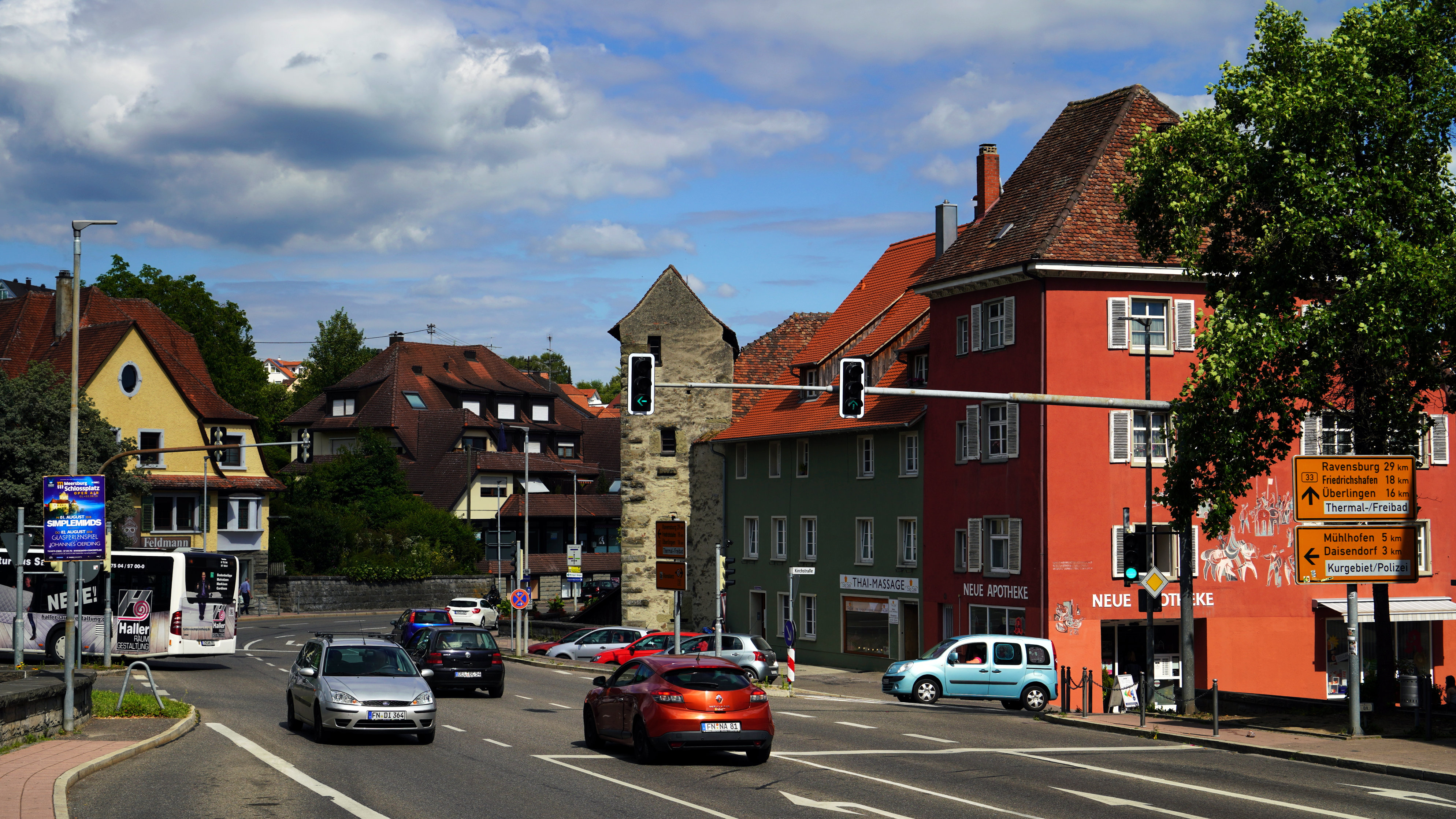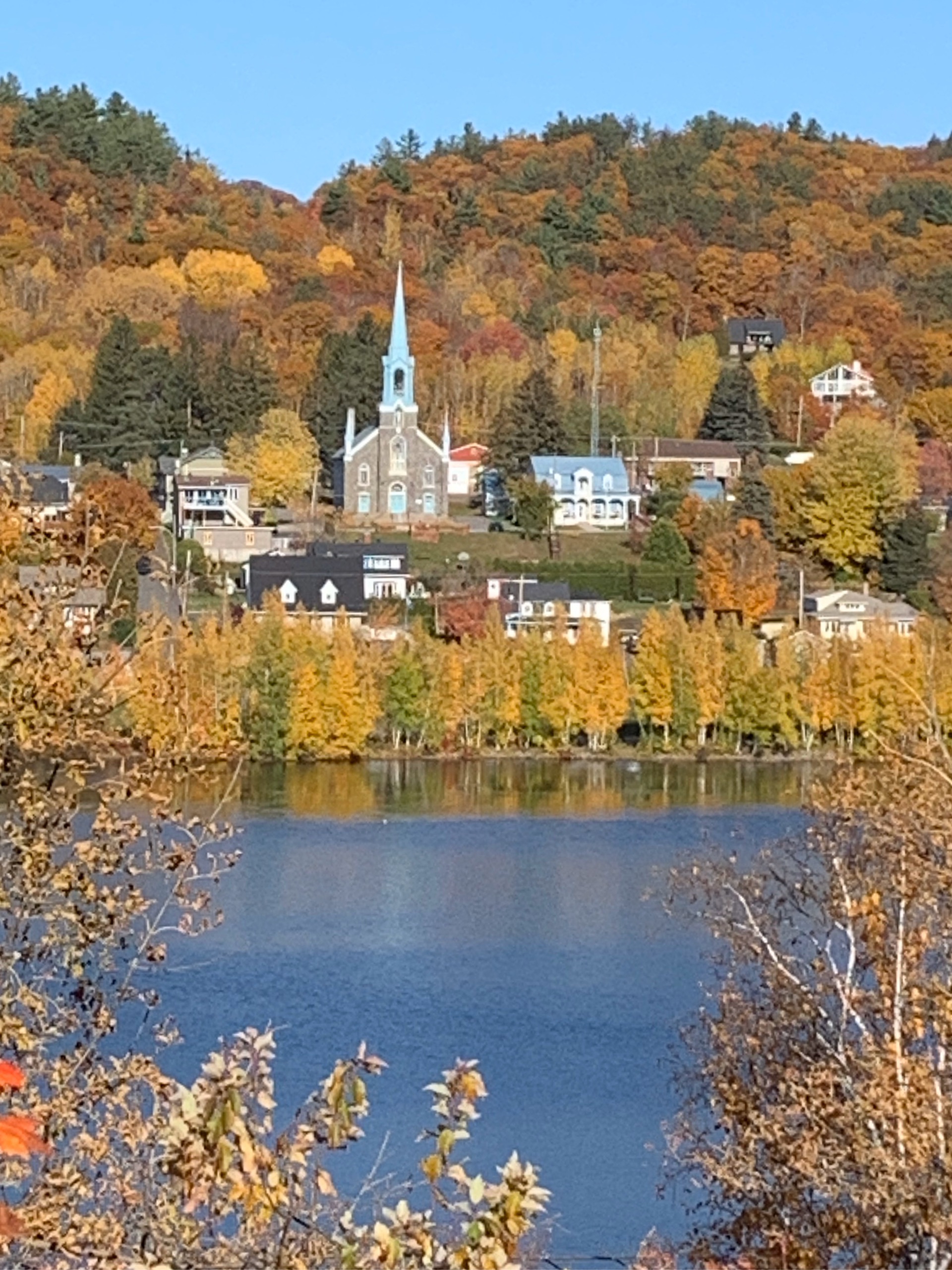Japan Travel
Japan’s River Cruise Tours: Scenic Water Attractions
Japan’s River Cruise Tours: Scenic Water Attractions
Japan, a nation celebrated for its harmonious blend of ancient traditions and cutting-edge modernity, offers travelers a wealth of unique experiences. Among these, river cruise tours stand out as an enchanting way to explore the country’s diverse landscapes, rich cultural heritage, and serene natural beauty. Unlike the bustling cities and iconic landmarks that often dominate travel itineraries, Japan’s rivers provide a tranquil yet immersive perspective into the heart of the nation. From the northern reaches of Hokkaido to the subtropical islands of Okinawa, these scenic water attractions reveal a side of Japan that is both timeless and profoundly captivating.
The Allure of Japan’s Rivers
Japan’s geography, characterized by mountainous terrain and abundant rainfall, has given rise to numerous rivers that weave through valleys, forests, and historic towns. These waterways have long served as vital conduits for transportation, trade, and cultural exchange. Today, they offer a peaceful escape from the urban hustle, allowing visitors to connect with nature and witness traditional lifestyles that have endured for centuries.
River cruises in Japan vary widely in style and setting. Some are short, leisurely rides through picturesque urban landscapes, while others are multi-day adventures deep into rural wilderness. What unites them is a commitment to showcasing the beauty and cultural significance of Japan’s waterways.
Iconic River Cruise Destinations
1. The Nagara River in Gifu Prefecture
One of Japan’s most famous river cruises takes place on the Nagara River, known for its traditional cormorant fishing (ukai) demonstrations. From late spring to early autumn, visitors can board wooden boats guided by skilled fishermen who use trained cormorants to catch ayu (sweetfish). As dusk falls, the scene is illuminated by fiery braziers hanging from the boats, creating a mesmerizing atmosphere that harkens back to ancient times. The combination of natural scenery—lush green banks and clear waters—and this centuries-old practice makes for an unforgettable experience.
2. The Kushiro River in Hokkaido
For nature enthusiasts, the Kushiro River in eastern Hokkaido offers a pristine wilderness experience. Flowing through the Kushiro Marsh, Japan’s largest wetland and a designated Ramsar site, this river is home to diverse wildlife, including the iconic red-crowned crane, deer, and foxes. Canoeing or boat tours here provide a tranquil journey through a landscape of reeds, meadows, and forests. The slow-moving river mirrors the sky, creating stunning reflections that change with the seasons—from the fresh greens of spring to the fiery reds of autumn.
3. The Horikawa River in Nagoya
In stark contrast to the wildness of Kushiro, the Horikawa River in Nagoya exemplifies urban river cruising. Flowing alongside Nagoya Castle, this canal-like river offers a unique vantage point from which to admire the historic fortress and its surrounding gardens. The castle, with its majestic keep and stone walls, is beautifully reflected in the water, especially during cherry blossom season when the banks are adorned with pink blooms. This short cruise blends history, architecture, and nature in the heart of a modern city.
4. The Shimanto River in Shikoku
Often called "Japan’s last clear stream," the Shimanto River in Kochi Prefecture is renowned for its untouched beauty and lack of dams. The river meanders through verdant valleys and traditional villages, offering a glimpse into rural Japan. Kayaking, canoeing, and traditional boat tours are popular here, with opportunities to see unique structures like chinkabashi (submersible bridges) that disappear underwater during floods. The Shimanto embodies a simpler, slower way of life, making it a perfect destination for those seeking tranquility.
5. The Yanagawa River in Fukuoka
In the charming city of Yanagawa, often dubbed the "Venice of Kyushu," narrow canals crisscross the town, lined with willow trees and historic samurai residences. The river cruises here, known as donkobune, are piloted by boatmen who sing traditional songs and share stories of the region’s past. The canals were originally built for irrigation and transport during the Edo period, and today they offer a peaceful retreat, especially in spring when the banks are blanketed with cherry blossoms.
Seasonal Splendor on the Water
One of the greatest charms of Japan’s river cruises is their seasonal variation. Each time of year brings a distinct mood and palette to the waterways.
- Spring: Cherry blossom season transforms rivers into corridors of pink and white. Cruises along rivers like the Meguro in Tokyo or the Okawa in Osaka become particularly popular as petals drift like snow onto the water’s surface.
- Summer: Lush greenery and vibrant festivals define summer river experiences. Fireworks displays over rivers, such as the Sumida River in Tokyo, are spectacular when viewed from a boat.
- Autumn: The fiery hues of maple trees reflect brilliantly in calm rivers, creating a double canvas of color. The Oirase River in Aomori is especially famous for its autumn foliage.
- Winter: In colder regions, some rivers partially freeze, offering a stark, serene beauty. Snow-covered landscapes along rivers like the Saru in Hokkaido provide a peaceful, almost magical, setting.
Cultural and Ecological Significance
Beyond their scenic appeal, Japan’s river cruises often incorporate cultural elements that deepen the experience. Many tours include traditional music, storytelling, or local cuisine served onboard. For example, on the Nagara River, guests can enjoy freshly caught ayu grilled over an open flame. On the Horikawa, interpreters share tales of samurai and feudal lords.
Ecologically, these cruises also play a role in promoting environmental awareness. Operators increasingly emphasize sustainable practices, such as electric boats or efforts to preserve river ecosystems. The Kushiro River tours, for instance, educate visitors about wetland conservation and the importance of protecting habitats for endangered species.
Practical Considerations for Travelers
When planning a river cruise in Japan, there are several factors to keep in mind. Reservations are often necessary, especially during peak seasons like cherry blossom viewing or autumn foliage. English-speaking guides may not be available on all tours, so it’s helpful to check in advance or use translation apps. Additionally, weather conditions can affect schedules, particularly in regions prone to typhoons or heavy snow.
Most cruises are affordable, ranging from ¥1,000 to ¥3,000 for short rides, while multi-day tours can cost significantly more. Whether opting for a rustic wooden boat or a modern vessel, visitors are encouraged to respect local customs and environments—disposing of trash properly and following guides’ instructions.

Conclusion: A Journey Through Time and Nature
Japan’s river cruise tours offer more than just a pleasant boat ride; they are a gateway to the soul of the country. Through these serene waterways, travelers can witness the enduring beauty of Japan’s landscapes, the richness of its cultural traditions, and the delicate balance between humans and nature. In a nation where the past and present coexist seamlessly, a river cruise becomes a metaphor for the gentle, continuous flow of life—a reminder to slow down, appreciate the moment, and immerse oneself in the timeless allure of Japan’s scenic water attractions.
相关文章
- Yamagata’s Zao Onsen: Snow Monster Hot Spring Attraction
- Japan’s Maid Cafés: Akihabara Subculture Attractions
- Okayama’s Okayama Korakuen: Historic Garden Attraction
- Japan’s Horse Racing Tracks: Equestrian Sports Attractions
- Tokyo’s Odaiba Gundam: Anime Icon Attraction
- Japan’s Doll Festivals: Hinamatsuri Attractions
- Kagoshima’s Ibusuki Onsen: Sand Bath Hot Spring Attraction
- Japan’s Table Tennis Clubs: Recreational Attractions
- Kyoto’s Nishiki Market: 400-Year-Old Food Attraction
- Japan’s Camellia Festivals: Winter Flower Attractions
发表评论
评论列表
- 这篇文章还没有收到评论,赶紧来抢沙发吧~

